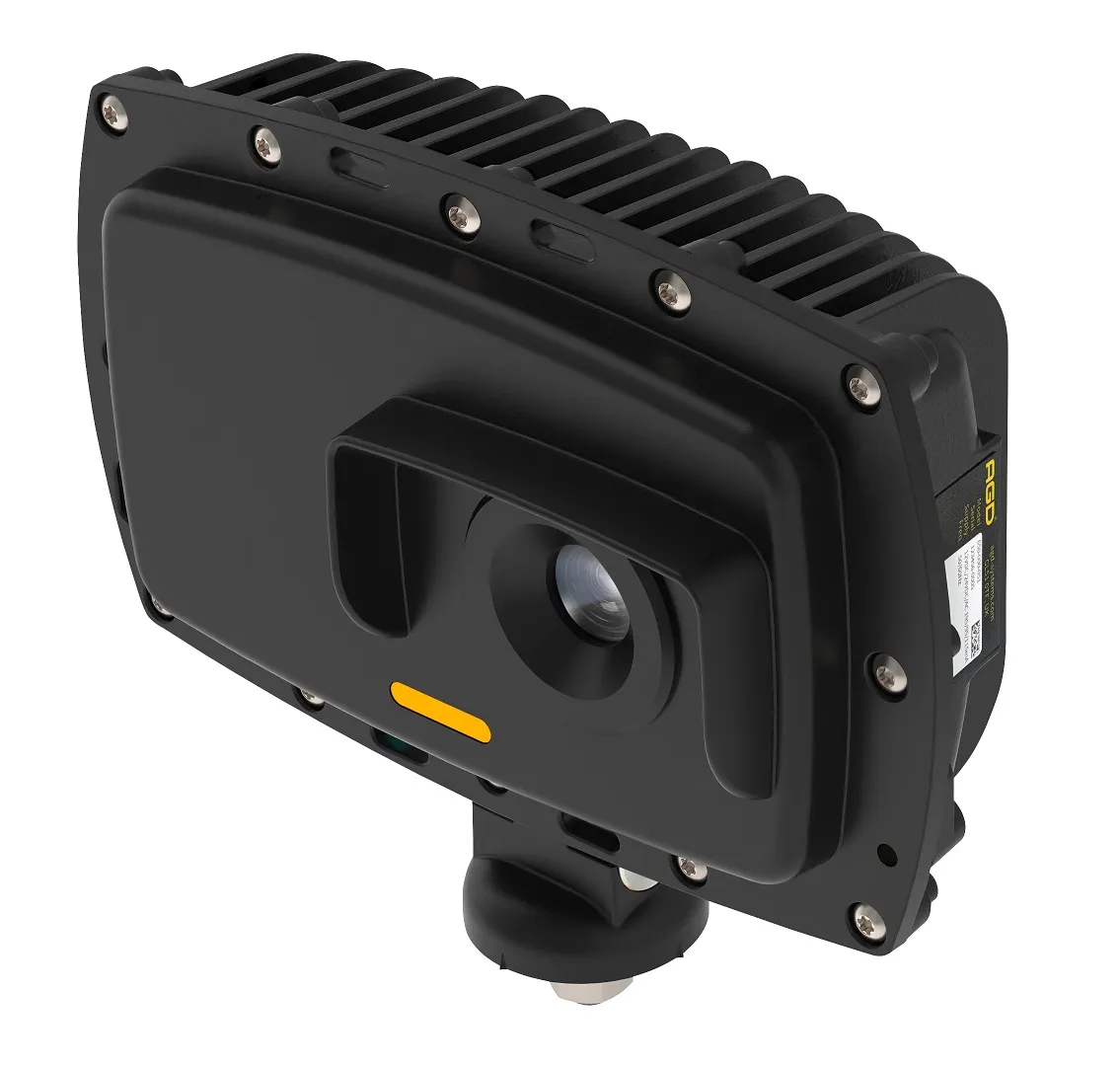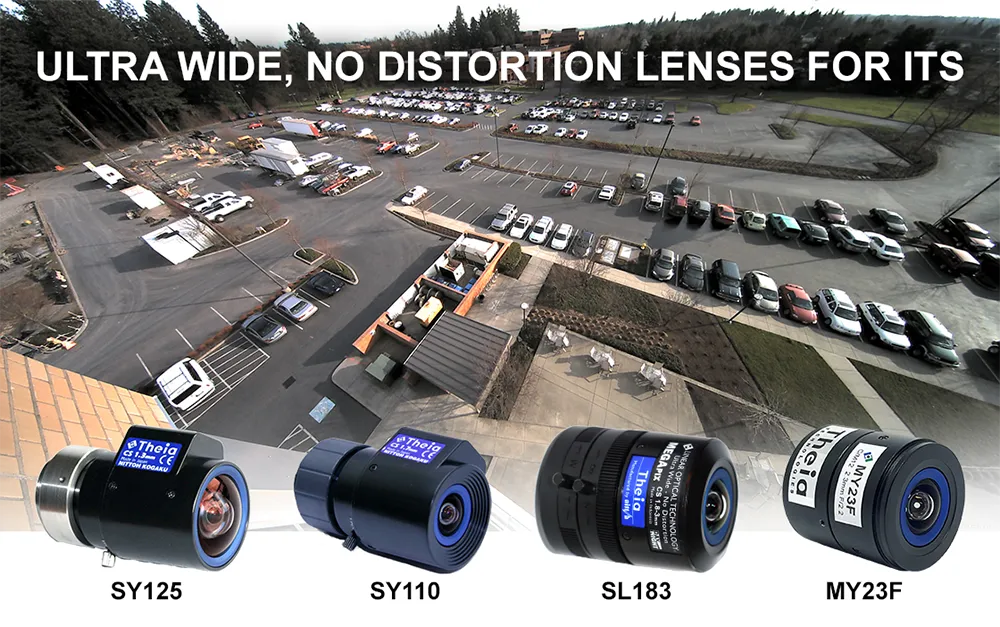Siqura, manufacturer of advanced video surveillance solutions and member of TKH Group, has announced that it is currently developing an advanced camera platform that puts entire video analytics systems in stand-alone devices at the edge of the network. The company says that taking analytics to the perimeter of a surveillance system not only enhances the overall efficiency of the system but ensures more accurate and effective analysis of critical video material.
May 16, 2012
Read time: 2 mins
The first available solution of the camera platform, which will be released towards the latter part of this year, will be the Siqura 600 series, a collection of standard definition (SD) multi-streaming fixed box-style IP cameras designed to have superior wide dynamic range and excellent image control in low-light conditions. Subsequent camera models based on this innovative new platform will be released by the end of the year as the Siqura 800 series and will offer full HD (1080p) resolution.
Siqura says that using a dedicated DSP, its 600 and 800 series cameras are embedded with field-proven analytics algorithms capable of detecting intruders as well as tracking and counting objects in both outdoor and indoor applications. These devices optimise detection performance by storing and transmitting the metadata or analysis parameters alongside the video material. This makes the output of these devices ideal for forensic examination.
“Network cameras being developed today need to be able to handle IP traffic, regardless of the medium connecting them to the network”, said Roger Decker, director of solutions and marketing at Siqura. “That is why Siqura IP solutions can connect directly to a fixed network or wireless bridge via twisted-pair, coax, or fibre optic cabling. We want customers to be able to select hardware based on its ability to withstand variances on the network and to provide high-quality streams and not because of the kind of network it can connect to.”









